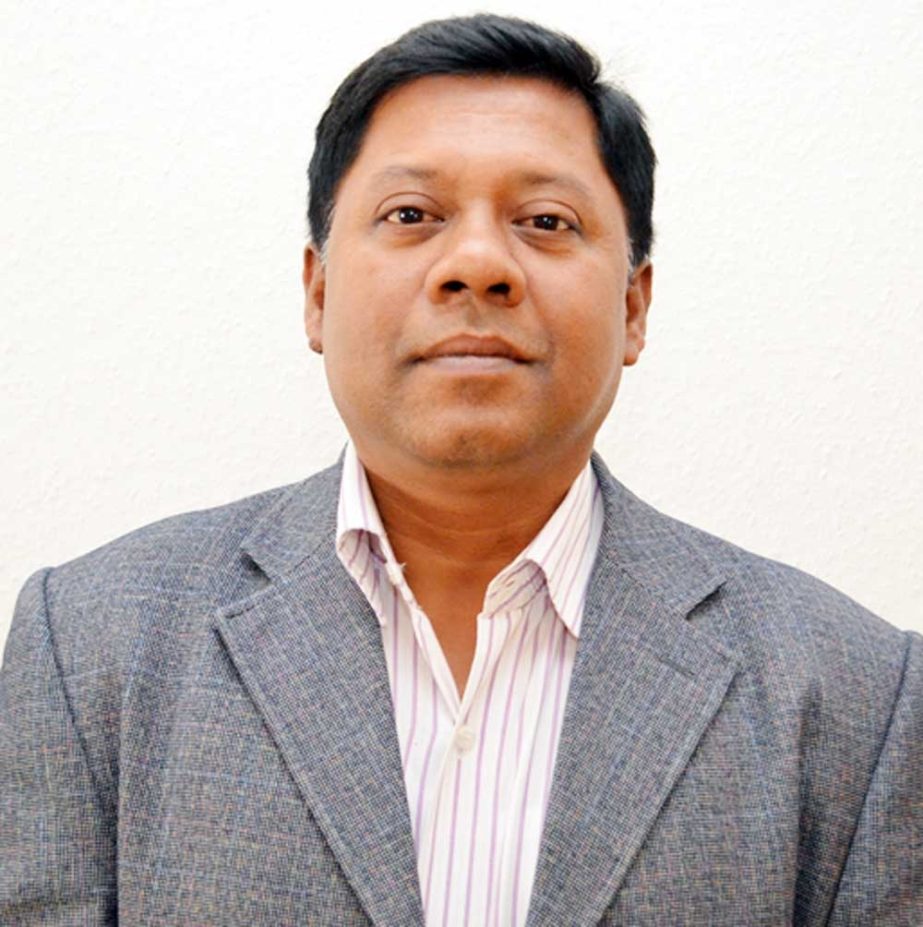
Dr Matiur Rahman :
The survey on the labour force collected information on various aspects of people’s economic activity and provided labour market statistics relating to employment, unemployment and underemployment and many other aspects of people’s working life at the national and divisional level with an urban and rural breakdown. Bangladesh Bureau of Statistics (BBS) has been conducting the Labour Force Survey since 1981.
Bangladesh Bureau of Statistics (BBS) last conducted a labour force survey in 2016. The results were released a year later in 2017, but the survey has not been conducted in the country for the last five years. According to the survey report, the total number of employable population in the country was 109.1 million. Of this, 60.8 million were engaged in work. The remaining 48.2 million 80 thousand people are workable, but they were out of the labour force. Among them, there were educated, semi-educated and uneducated men and women.
The report also mentioned that in the 2015-16 financial year there were 40.8 million people who were unemployed and out of the labour force. In the 2016-17 financial year, this number stood at 48.2 million and 80 thousand. A comparative review shows that the number of such unemployed people has also increased. There is no doubt that the number of unemployed people has increased in the country during the last five years. The Covid-19 pandemic has also worsened the situation.
Different surveys and reports show that the number of unemployed people is rising rapidly. Many people have lost their jobs in the last two years due to the Covid-19 pandemic. Some have changed jobs, some have not been able to return to work. As a result, poverty has increased in cities and villages, but the number of unemployed people in the country is not known due to the lack of government statistics. Bangladesh Bureau of Statistics is responsible to conduct Labour Force Survey. But last five years it could not conduct the Labour Force Survey.
During the Covid-19 pandemic, several organisations in the country conducted surveys on poverty and unemployment. The South Asian Network on Economic Modeling (SANEM), conducted a study on unemployment and poverty in January 2021. The study shows that the overall poverty rate (upper poverty rate) in the country has increased to 42 per cent. In June of the same year the Center for Policy Dialogue (CPD), reported that the number of poor people had increased due to declining incomes due to the Covid-19 pandemic. As a result, the overall poverty rate has risen to 35 per cent.
According to the International Labor Organisation (ILO) published in September of last year (2021), the global youth unemployment rate in 2020 stood at 14.6 per cent. Unemployment among people over the age of 25 stands at 5.2 per cent. It mentioned young people in middle-income countries were the most unemployed in the pandemic. The ILO data also show that in middle-income countries, the male unemployment rate is 23.6 per cent, while for women it is 29 per cent.
Economic analysts believe that statistics are an important factor in a country’s economy. In particular, statistics of the country’s working population, unemployment rate, poverty growth is one of them. They think that it is very important to know the poverty and unemployment rate of the country for the annual fiscal budget. Because if the government has the right information, the government will be able to budget properly. If the labour force survey can be done in time, it will play an important role in this regard.
Notable among these are total labour force participation rate in the country, the ratio of employment to population, employment rate, how many workers work in which sectors, how many hours to work, number of part-time workers, number of workers in the informal sector, youth labour rate, long term unemployment rate, illiteracy rate, monthly wages, labour productivity and overall unemployment rate, etc.
Many developed countries of the world prepare reports on the rate of the population associated with unemployment and employment every month. Even neighbouring countries such as Nepal and Pakistan publish quarterly surveys of the labour market. But in our country, it is supposed to prepare each after two years.
According to experts developed countries, however, are keeping track and working accordingly. We are lagging behind. We do not know what is happening to our youths after 2016. Although data on GDP growth and inflation is available in the country, the rate of employment and unemployment has not been known for several years. Although several research institutes have provided information on this, it is small, but we need to know the overall information.
Reports show that at present the number of youths in Bangladesh is 40.8 million. It is 30 per cent of the total population. Experts say that in the case of Bangladesh, young or productive people will be in the majority for the next 30 years. This is the biggest tool for Bangladesh to enjoy the benefits of the population dividend by employing them in the relevant sectors.
The labour force survey conducted five years ago showed that the graduation rate in the country was 39 per cent. The government does not have any information about the number or percentage of educated unemployed people in the country. This information could be obtained through a labour force survey. Thus a new labour force survey is essential as soon as possible.
(The writer is a Reseacher and Development worker)

